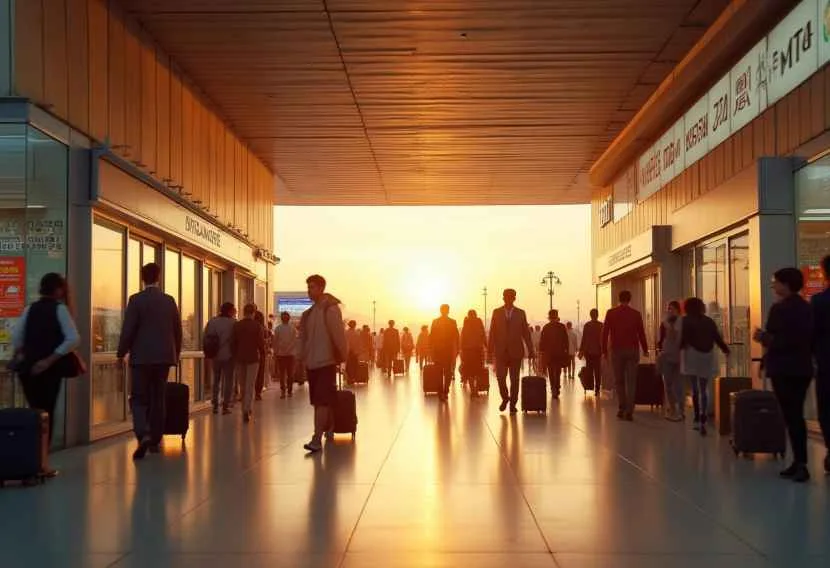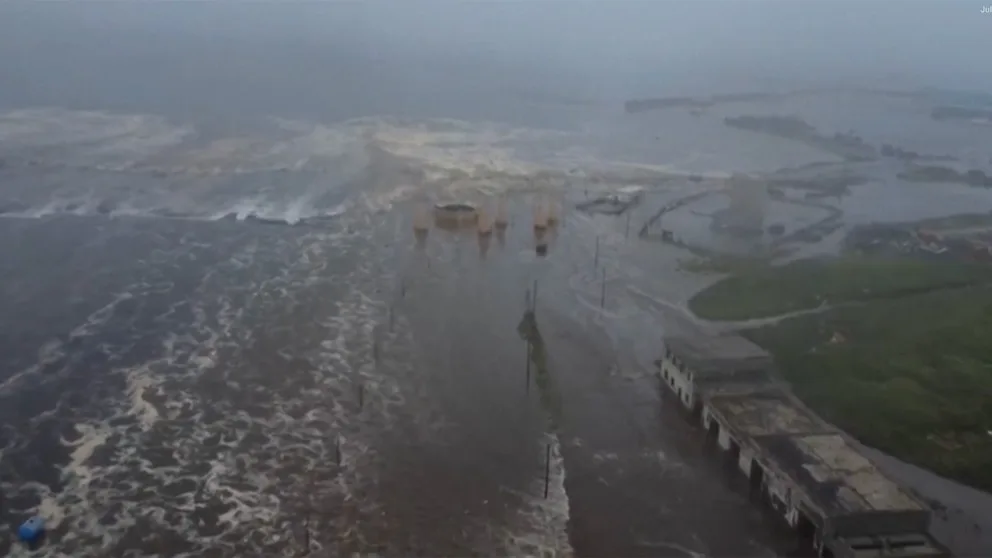Wednesday, July 30, 2025

South Africa has seen a surge in foreign visitors even as international tourism remains sluggish. Newly-released figures by Stats SA indicate that more than 1 million foreign tourists arrived in the country in June 2015, 19.7 percent up on a year before. The attraction of the country as the premier destination to both international and regional visitors cannot be overstated, with the majority of our market share inbound from the Southern African region as well as the overseas source markets – this indeed underscores South Africa’s significance and dominance in the global tourism landscape.
SADC Nationals Drive Visitor Growth
South Africa’s location within the Southern African Development Community (SADC) plays a significant role in its tourism numbers. A staggering 79% of the foreign visitors in June 2025 were from neighboring SADC countries, with Zimbabwe and Mozambique contributing the largest numbers, each sending over 160,000 visitors. Lesotho, a smaller neighbor, also saw a substantial increase in tourists crossing into South Africa, surpassing 100,000 visitors. This trend highlights the strong regional ties and the ease of travel for Southern African citizens, making South Africa a top destination for both business and leisure travelers from neighboring countries.
These figures also reflect the success of regional initiatives aimed at promoting tourism within Southern Africa. Efforts to simplify border-crossing protocols, coupled with increased air and land transport links, have made it easier for tourists within the SADC region to visit South Africa.
Overseas Tourists Contribute Significantly to Growth
While the SADC region remains the largest contributor to South Africa’s visitor numbers, international tourists also played a significant role in this growth. The United States sent the highest number of visitors from outside Africa, with 41,200 Americans visiting South Africa in June. This was followed by the United Kingdom with 16,994 visitors, and Australia with 10,196. These numbers underscore the ongoing international demand for travel to South Africa, driven by its rich cultural heritage, world-class safari experiences, and cosmopolitan cities like Cape Town, Johannesburg, and Durban.
The surge in visitors from these markets also highlights the success of South Africa’s global marketing campaigns, which have worked to position the country as a premium destination for eco-tourism, adventure travel, and luxury vacations. These travelers are typically seeking experiences like the Big Five safaris, cultural heritage tours, and beach holidays along the Garden Route or Mozambique’s border. As sustainable tourism continues to gain momentum globally, South Africa is well-placed to attract travelers interested in responsible travel and nature conservation.
The Dominance of Holiday Travel
The overwhelming majority of foreign visitors to South Africa come for holiday purposes, with 97.1% of tourists citing vacation as the primary reason for their visit. This is no surprise, as South Africa remains one of the most iconic and diverse holiday destinations in the world. From the luxury vineyards of Stellenbosch to the safari-packed Kruger National Park, and the stunning coastline of Cape Town, the country offers something for every kind of traveler, making it an attractive holiday choice.
The tourism sector has adapted well to the demand for eco-tourism, adventure tourism, and cultural tourism, providing a well-rounded vacation experience that appeals to global travelers looking for sustainable, yet luxurious experiences.
Gender Split Among Visitors
The gender split among international visitors revealed that 59.3% of the tourists were male, while 40.7% were female. Understanding this demographic can help South African tourism operators tailor their services accordingly. The higher number of male visitors may indicate that certain segments of the tourism market, such as adventure travel or business tourism, are particularly appealing to men, while women may be drawn more to cultural or wellness experiences. This insight can help businesses in the tourism sector refine their offerings to cater to these distinct preferences.
Industry Insights: A Bright Future for South African Tourism
Tourism stakeholders, including David Frost, CEO of the Southern Africa Tourism Service Association (SATSA), and Rosemary Anderson, National Chairperson of the Federated Hospitality Association of South Africa (FEDHASA), have emphasized the need for continuous adaptation to meet the evolving demands of international travelers. Both leaders highlighted that diversification of services and innovative experiences are crucial to maintaining South Africa’s competitive edge in the global tourism market.
Frost noted that South Africa’s natural attractions, such as Table Mountain, the Cape of Good Hope, and Kruger National Park, provide a solid foundation for future tourism growth, but emphasized that continuous adaptation to traveler expectations is essential to stay competitive. Anderson agreed, adding that collaboration between tourism operators, government bodies, and local communities is crucial to creating a sustainable tourism sector that benefits everyone.
A Focus on Regional Tourism Development
While South Africa’s major cities and safari parks have always attracted large numbers of tourists, there is now a strong push to promote regional tourism as well. Eastern Cape, KwaZulu-Natal, and Free State are gaining popularity among travelers seeking authentic experiences off the beaten path. For example, visitors can explore the Wild Coast, addo Elephant National Park, or Durban’s golden beaches while enjoying local crafts, authentic food experiences, and cultural tours that aren’t as crowded as the popular destinations in Cape Town and Johannesburg.
This regional shift is also in line with efforts by the South African government to distribute tourism benefits more equitably, ensuring that less-visited regions also benefit from the influx of international tourists. Efforts to improve infrastructure, accommodation options, and local business involvement in these areas are essential to making them viable, long-term tourist destinations.
Conclusion: A Promising Future for South African Tourism
The figures from June 2025, prove the durability and success of South Africa as a tourist magnet for the world. As the number of tourists from SADC countries and other international markets such as the United States, United Kingdom and Australia taht emulate eco-tourism, adventure tourism, and cultural experiences keeps rising, the country continues to excel as one of the world’s top sites to tour.
Sustainable and disruptive experiences: The future of tourism As tourism continues to grow, the need to be sustainable and to offer something new to a new consumer won’t slow down. With its natural beauty, vibrant culture & emerging infrastructure – South Africa is certainly well placed to continue being one of the most visited destinations in the world with something for everyone.
As international travel starts to spring back, South Africa still stands at the front of the class when it comes to responsible tourism, offering experiences that feed the mind and soul, and sustain local communities.







